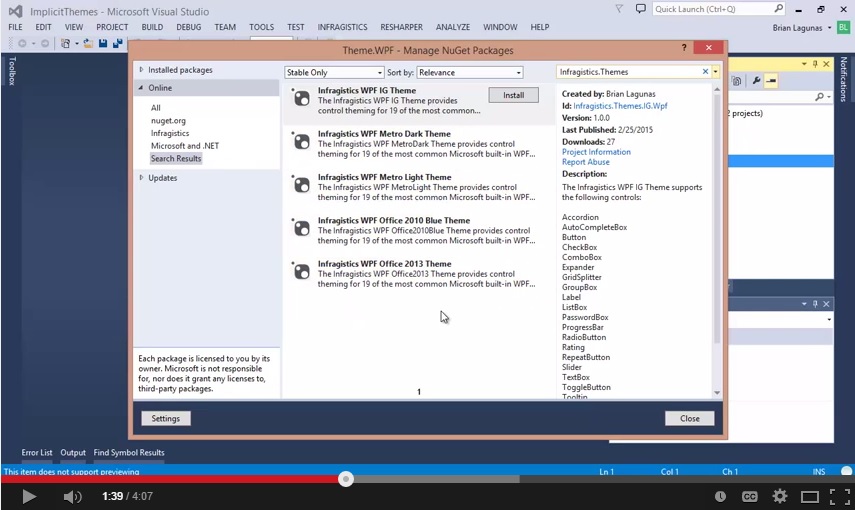

- #INSTALLING FREEOFFICE 2016 USING MDT INSTALL#
- #INSTALLING FREEOFFICE 2016 USING MDT FULL#
- #INSTALLING FREEOFFICE 2016 USING MDT PASSWORD#
Set the password, or select Do not specify an Administrator password at this time:Ĥ.7) On Summary page, check that everything is as you'd prefer and click Next:Ĥ.9) The Deployment Share needs to be updated after creating the first Task Sequence. Personally, I would never leave that account without a password, but the decision is yours. The name and organization will be shown on the target computer as the owner of that device:Ĥ.6) Now an important decision to make: built-in administrator account password for the target device. You can always activate Windows later, or Windows will be automatically activated if deploying to a target device with existing digital license for that edition.Ĥ.5) Enter name, organization and IE home page (optional). Alternatively, on enterprise networks, you can enter your MAK key here instead:įor private use, you could enter a product key here, but it is unnecessary. Give it a unique ID (required), name (required) and description (optional), click Next:Ĥ.2) Select Standard Client Task Sequence and click Next:Ĥ.3) Select OS (Windows edition) to deploy with this Task Sequence and click Next:Ĥ.4) Select Do not specify a product key, and click Next. When imported, the operating systems found in ISO or WIM file are listed in MDT:Ĥ.1) Expand your deployment share, select Task Sequences, select New Task Sequence. Again, you can accept the default name or change it. When importing an OS from a WIM file, the default directory name is INSTALL.WIM.

In my case now, I changed directory name to Version 1809 圆4 EN-GB. You can accept this default directory name, or change it to whatever you’d prefer:
#INSTALLING FREEOFFICE 2016 USING MDT FULL#
In this case, because I imported a full consumer ISO which contains all editions except Enterprise, its first edition (INDEX:1) is Windows 10 Home.

#INSTALLING FREEOFFICE 2016 USING MDT INSTALL#
If importing OS from a WIM file, in next page select Setup files are not required (install.wim already contains everything required to setup and install Windows):ģ.5) When importing an OS from a complete ISO, MDT defaults the directory name to the first edition found in that ISO. OS can also be imported from a WIM file, in which case select Custom image file, click Next and select your install.wim (or custom WIM) file: To do this, select Full set of source files and click Next, in following page browse and select the source (mounted ISO, DVD, USB flash drive or a folder). Operating systems can be imported from a mounted ISO, DVD, USB flash drive or a folder containing Windows install files. In Action pane, select Import Operating System.ģ.4) Select your source. You can now download a WIM-based ISO:ģ.3) Still in Operating Systems, select the new folder you created. wim, and therefore it cannot be used with MDT.ģ.3) To download a WIM-based ISO, open Windows Media Creation Tool page in browser, press F12 to open developer tools, select Emulation tab, and change user agent string to Apple Safari. An ISO created with Windows Media Creation Tool contains Windows image in install. As I will import UK English Windows 10 圆4 version 1809 ISO, I name the folder as Version 1809 圆4 EN-GB:ģ.2) MDT requires Windows image in a WIM file. In Deployment Workbench, select your new Deployment Share in navigation pane, expand it and select Operating Systems. 3.1) To import an operating system for deployment, mount a Windows ISO file (right click, select Mount).


 0 kommentar(er)
0 kommentar(er)
